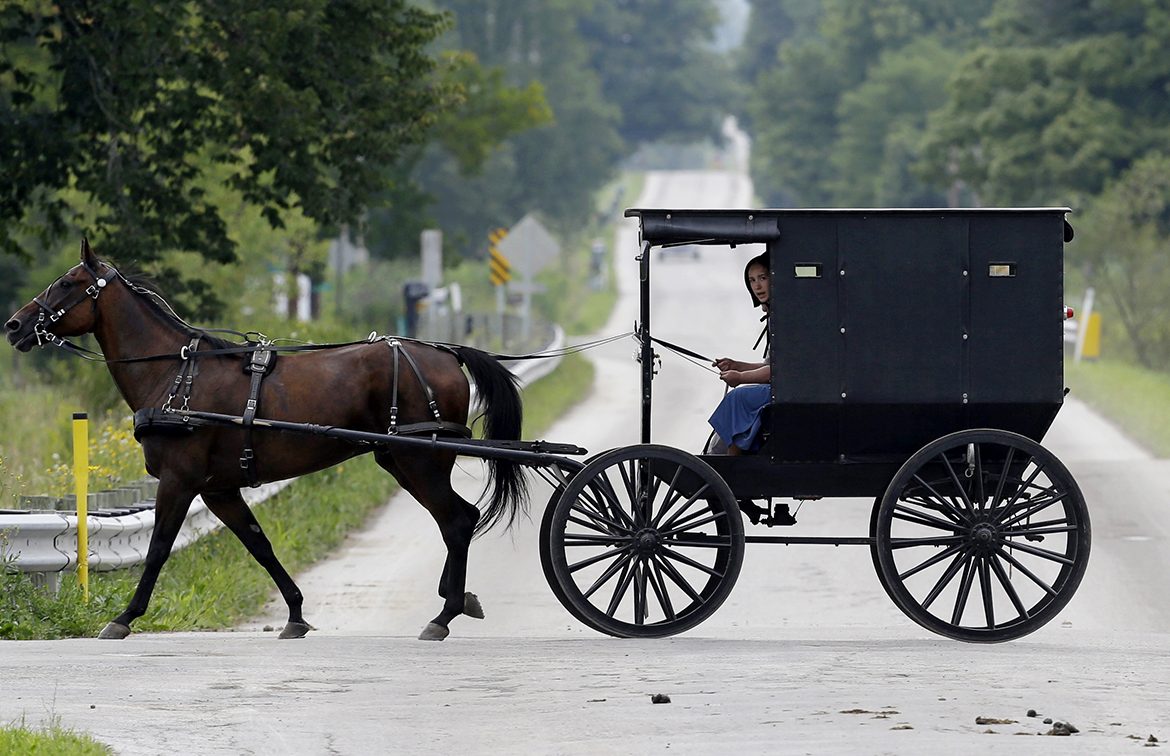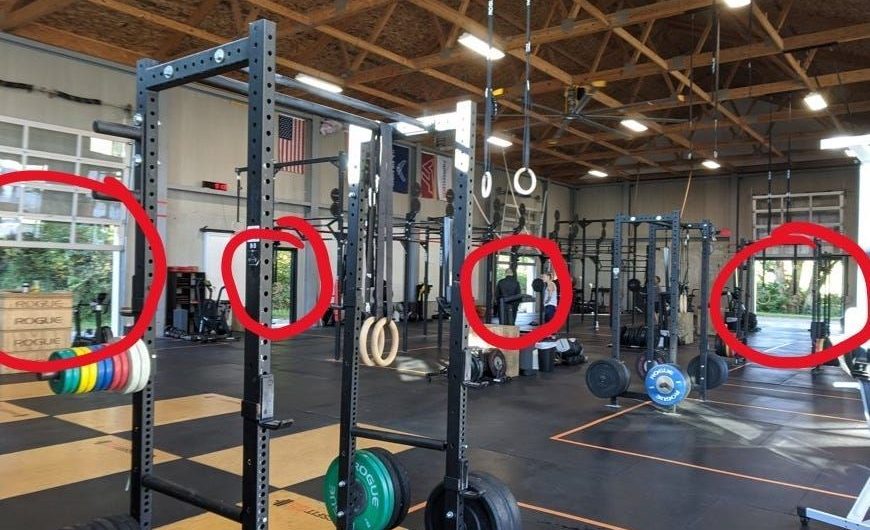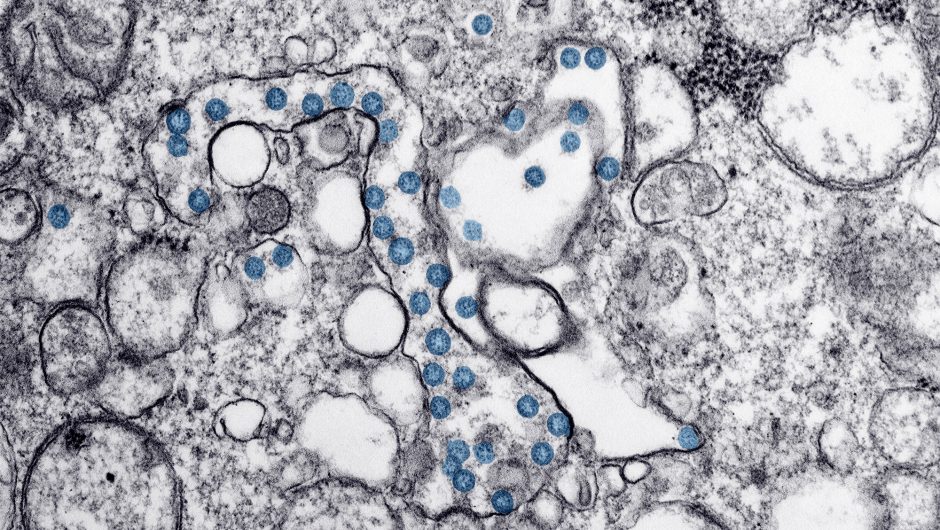WASHINGTON — As Americans prepare to gather for Thanksgiving, and as the approach of winter drives those gatherings indoors, a coronavirus outbreak in a rural Amish community offers a warning of what could lie ahead for other parts of the nation.
The outbreak was relatively confined — only 30 people were initially infected, of whom three were hospitalized and one died. They all lived in a rural part of Wayne County, in north central Ohio.
Although the pandemic began in large cities including New York and Seattle, the coronavirus ravaged rural communities throughout the summer. It now appears to be returning to cities, though hardly any part of the nation will be immune to the pandemic’s latest devastating wave.
Rural communities pose a concerning set of challenges, according to the Centers for Disease Control and Prevention, which on Thursday published a study of the Amish outbreak. “Rural residents might be at higher risk for severe COVID-19–associated illness because, on average, they are older, have higher prevalences of underlying medical conditions, and have more limited access to health care services,” the researchers wrote. (COVID-19 is the disease caused by the coronavirus.)
An Amish girl in Ohio. (Tony Dejak/AP)
The outbreak in Wayne County affected members of the Amish community there, who shun the trappings of modern life and live apart from others. Religious services and other social gatherings are an important aspect of Amish culture, which is rooted in traditional Anabaptist values.
The outbreak took place in May. It could have been more severe in the winter months, since some viruses, like the flu, tend to live longer in colder, drier environments. That same colder weather tends to bring people indoors, where an airborne pathogen like the coronavirus is much more likely to spread than it is in outdoor spaces.
The outbreak began with religious services on May 2 and 3, and appears to have been caused by a husband and wife who reported their symptoms a little more than a week later. The husband, who had a preexisting respiratory illness, was hospitalized. Another member of the same family, who had cancer, died from COVID-19.
Story continues
After the first seven infections, the Wayne County Health Department intervened, setting up a testing clinic on May 20. Thirty people received a coronavirus test at the clinic, and 23 of them tested positive for the coronavirus, for an exceptionally high positivity rate of 77 percent.
By that time, several more social functions had been held in addition to the May 2-3 religious services: church services on two consecutive Sundays (May 10 and May 17), a wedding (May 12) and a funeral (May 16).
The Wayne County Health Department office in Wooster, Ohio. (Wayne County Health Department)
“Amish communities emphasize strong social connections and communal activities,” the CDC researchers wrote. “The importance of religious and social gatherings and communal fellowship among the Amish has challenged efforts to prevent infection during the COVID-19 pandemic.”
The outbreak is mostly indicative of what happens when people gather in small social situations — something millions of lockdown-weary Americans are eager to do, regardless of whether they are Amish or not. Public health officials have advised that such gatherings should be small, be held outside if possible and follow well-known precautions about masks and social distancing.
Researchers in Wayne County found that some members of the Amish community harbored “misconceptions that mask wearing might cause harm.” Such misconceptions have also found traction in communities that are not Amish.
Later, throughout the rest of May and June, 39 more people in the Amish community were tested, with 25 found to have contracted the coronavirus. That means that, several weeks after the initial cases were discovered, the rate of transmission remained high.
Researchers emphasized that public health officials need to build “trusting relationships” with Amish communities, in part because they shun modern media and may not be aware of public health campaigns disseminated in newspapers, web-based news outlets and social media networks.
Americans who are not Amish may face the exact opposite problem: an excess of information about the virus, some of it confusing and a good deal of it incorrect. Some of that information has come directly from President Trump, who has maligned masks and social distancing while touting ineffective cures and, on occasion, outright dangerous ones, including the consumption of bleach.
_____
Read more from Yahoo News:








